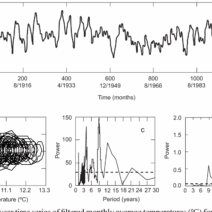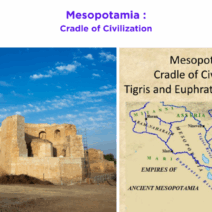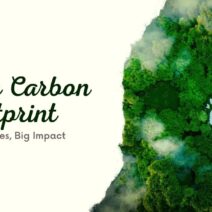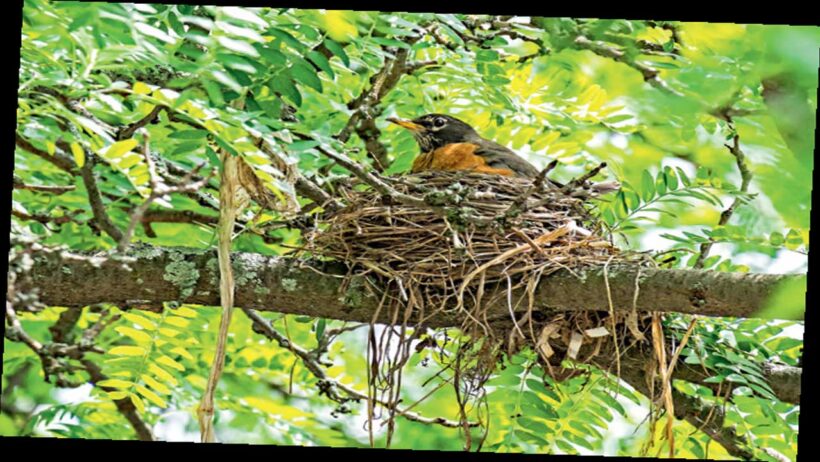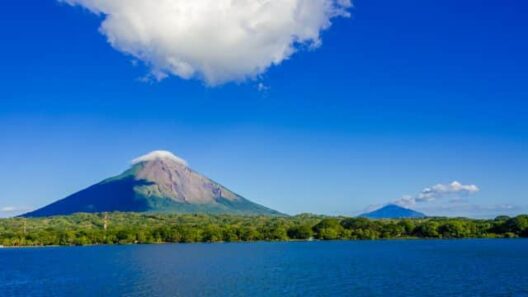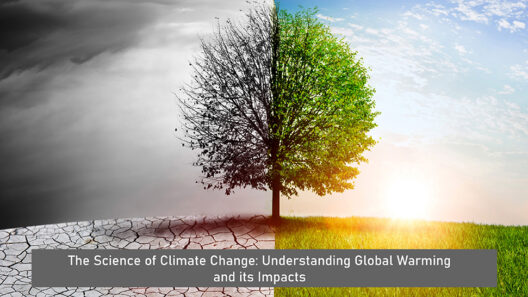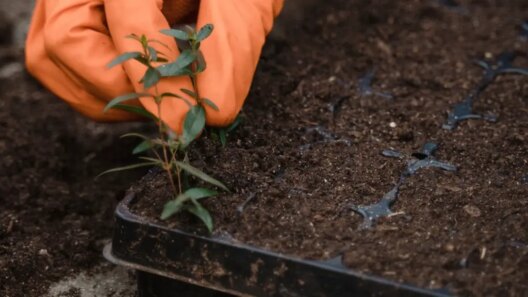As winter fades and the earth warms, a vexing question arises: Can animals and plants truly survive a warming planet? This inquiry becomes all the more pertinent as we witness the dramatic shifts in climate patterns, posing challenges not only to survival but also to the intricate balance of ecosystems worldwide. The resilience of flora and fauna faces scrutiny as temperatures rise, altering habitats and affecting species’ distributions.
To delve into this subject, it is essential first to comprehend the implications of global warming. The planet’s average temperature has risen by approximately 1.2 degrees Celsius since the pre-industrial era, a change brought about mainly by anthropogenic factors such as fossil fuel combustion, deforestation, and carbon emissions. This warming trend precipitates disruptions in weather patterns, contributes to severe droughts, intense storms, rising sea levels, and altered precipitation rates, thus impacting both terrestrial and marine ecosystems.
Let us first consider the domain of plants. Trees, shrubs, and grasses have demonstrated remarkable adaptations over millennia. Some species have the intrinsic capacity to withstand shifts in temperature and moisture levels, employing strategies such as altering their growth patterns or entering dormancy during harsh conditions. Yet, a warming planet presents unprecedented challenges. For instance, the phenology of flowering plants may become misaligned with the lifecycle of pollinators. If flowers bloom too early due to elevated temperatures, there may be a mismatch with the availability of pollinators, leading to decreased reproduction rates.
Moreover, invasive species—a prevalent concern in conservation biology—often thrive under warming conditions. They compete for resources with native plants, leading to biodiversity loss. The introduction of invasive species, whether from human activity or natural migration, can further destabilize already vulnerable ecosystems. Native plants that have evolved to exist within specific climatic parameters may find themselves outcompeted by these more aggressive organisms, thereby diminishing their populations and affecting the myriad creatures reliant upon them for survival.
On the other hand, the animal kingdom faces an equally daunting predicament. Animals have adaptations that allow them to thrive within specific environmental conditions. However, climate change disrupts these parameters, leading to altered habitats and migration patterns. For instance, polar bears are increasingly struggling to find suitable ice habitats for hunting seals as Arctic ice melts. Their survival is inextricably linked to the stability of their habitat, and as it diminishes, so does their future.
Additionally, heat stress poses a significant threat to various species. Many animals have a threshold for temperature beyond which they cannot survive. For instance, coral reefs, often dubbed the “rainforests of the sea,” experience bleaching when water temperatures rise beyond tolerable limits. This phenomenon not only threatens the corals themselves but also the myriad marine species that depend on coral ecosystems for shelter and food. The loss of biodiversity resulting from such drastic changes endangers the entire marine environment.
However, amidst these challenges, intriguing avenues for adaptation are emerging. Certain species exhibit phenotypic plasticity, whereby they can adjust their physical characteristics in response to environmental changes. For example, some birds are adjusting their migration routes or timings to match shifts in food availability. Similarly, certain plant species exhibit increased growth rates or altered flowering times in response to elevated CO2 levels. These adaptations highlight the potential for some organisms to endure the trials posed by climate change.
What of the role of conservation efforts in this looming crisis? As stewards of the planet, it is imperative to prioritize biodiversity preservation and ecosystem restoration. Establishing protected areas can offer refuges for vulnerable species as they adapt to changing climates. Moreover, reforestation and sustainable land-use practices can enhance carbon sequestration while providing critical habitats. Engaging local communities in conservation efforts can foster a harmonious relationship between humans and nature, which is vital for safeguarding the future of both plants and animals.
Nevertheless, the challenge is monumental. If the trajectory of climate change continues unabated, complacent attitudes may exacerbate issues related to habitat loss and species extinction. The human impact is undeniable, with activities that threaten the delicate balance maintained within ecosystems. From urban expansion to agricultural practices that rely heavily on chemical inputs, the interconnectedness of human activity and ecological stability cannot be overstated.
While some species may display remarkable resilience, the collective response of ecosystems is far more complex. The interplay between numerous factors—including genetic variability, dispersal capabilities, and the presence of symbiotic relationships—will ultimately determine the fate of many organisms in a warming world. The question remains: Can these adaptations keep pace with the accelerating rate of climate change?
The outlook is uncertain, yet nature has exhibited resilience throughout evolutionary history. The profound challenge lies in whether human society will mobilize effectively to mitigate climate change, allowing plants and animals the time and space they need to adapt. Our decisions today will resonate through the interconnected web of life, shaping the resilience of species across generations. As stewards of Earth, embracing sustainable practices is not just a choice; it is a necessity to ensure that future generations of plants, animals, and humans can thrive in a world built upon ecological harmony.
